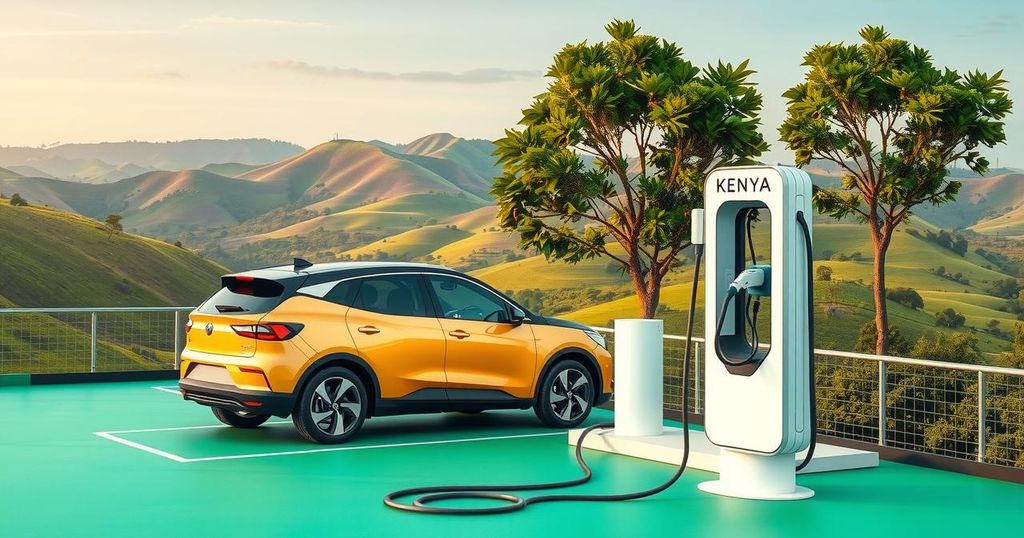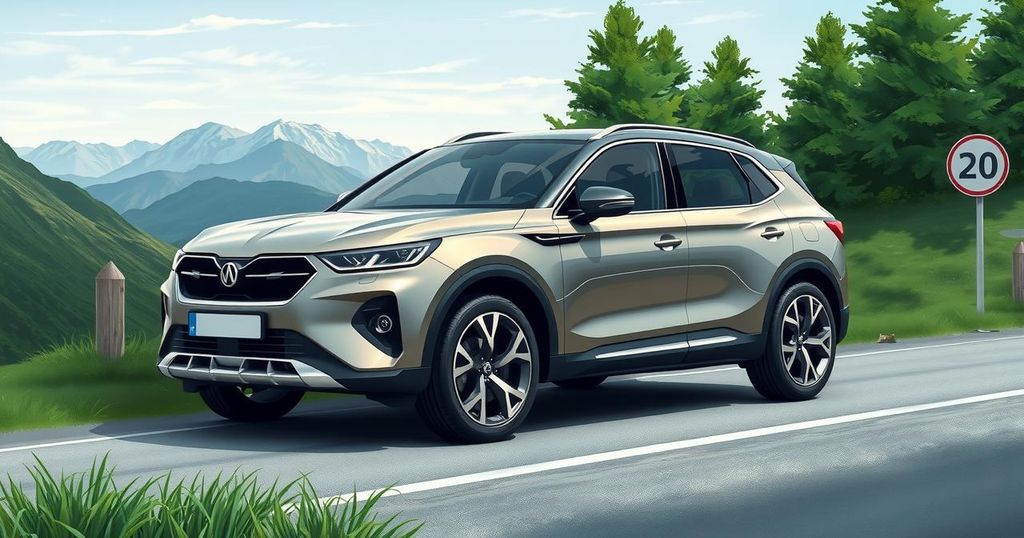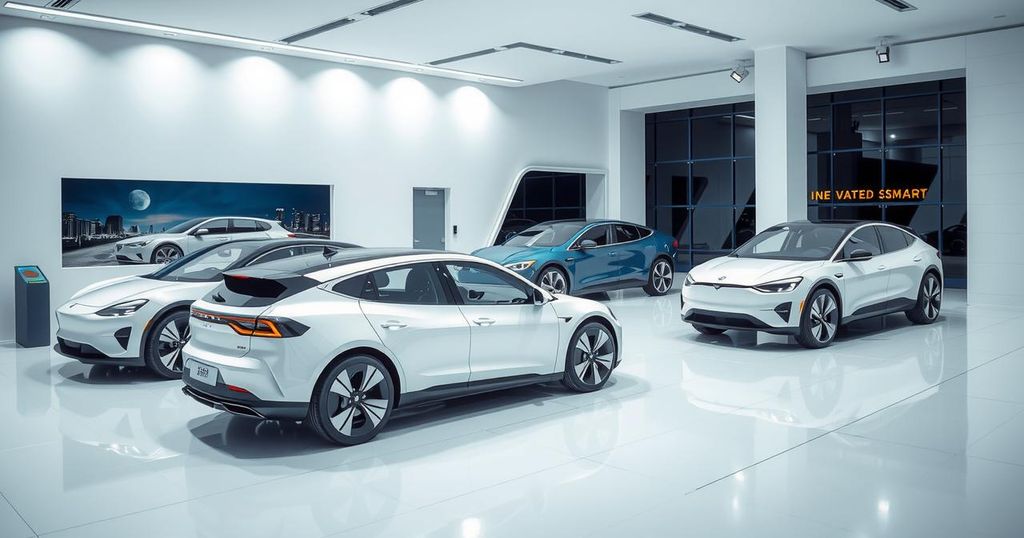Kenya’s Rising Electric Mobility Adoption Amidst Global EV Sales Growth
Kenya is experiencing a surge in electric vehicle and motorcycle adoption as global EV sales rise by 25% in 2024, according to the IEA. The report emphasizes that industrial and domestic consumers represent significant portions of total energy consumption. Despite a 466% increase in electric mobility energy use, it remains a minor part of Kenya’s overall energy landscape.
Kenya is increasingly adopting electric vehicles (EVs) and motorcycles, aligning with global trends as highlighted by a recent report. The International Energy Agency (IEA) noted a 25% rise in global EV sales in 2024, reaching over 17 million units—up from less than 14 million units in 2023. This surge signifies the growing acceptance of electric mobility driven by climate action initiatives.
The IEA’s 2025 Global Energy Review indicates that electric car sales now account for over 20% of total car sales worldwide. China leads this movement, contributing nearly two-thirds of total global electric car sales, and experiencing an annual growth rate approaching 40%. Additionally, developing markets outside China reported an impressive 80% year-on-year growth in EV sales.
In Kenya, the Energy and Petroleum Regulatory Authority (EPRA) reported an extraordinary 466% increase in energy consumption within the electric mobility sector during the six months ending December 2024. This increase saw energy consumption rise from 0.32 GWh to 1.81 GWh. However, despite this substantial growth, e-mobility still comprised a mere 0.03% of Kenya’s total energy consumption.
Notably, industrial consumers dominated the electricity usage in Kenya, consuming 2,807.10 GWh—or 51.18% of the total energy consumption, representing a 101.0 GWh increase from the previous year. Domestic consumers followed, utilizing 1,728.19 GWh, and small commercial entities accounted for 902.94 GWh, signaling an overall rise in electricity demand.
In contrast, the consumption of street lighting decreased to 44.48 GWh, illustrating a downward trend in that area, with street lighting making up only 0.81% of total energy consumption. Overall, these dynamics reveal Kenya’s evolving energy landscape amidst a global shift towards electric mobility.
In summary, Kenya’s embrace of e-mobility reflects a significant global trend as electric vehicle sales continue to rise. The substantial increase in energy consumption related to electric mobility in Kenya, although still minor in relation to total consumption, indicates potential for future growth. Additionally, the data highlights the substantial role of industrial and domestic users in the nation’s energy consumption patterns, suggesting further developments in the e-mobility sector could influence overall energy dynamics in Kenya.
Original Source: eastleighvoice.co.ke




Post Comment